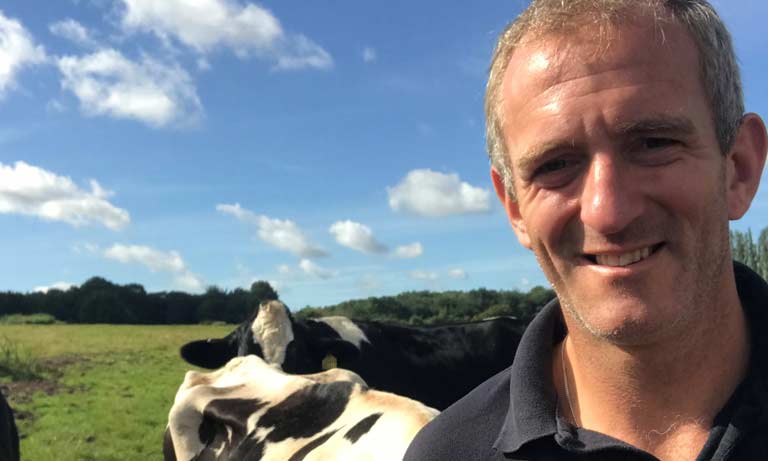Standing up for the veterinary profession
08 Aug 2024
23 Nov 2021 | James Russell
Following the publication of the new RUMA Targets Task Force and VMD Antimicrobial Sales and Resistance reports (VARRS), James Russell reflects on the efforts of vets and farmers to improve antimicrobial stewardship. Hidden behind the graphs is a positive story on resistance that should be celebrated.

I had the pleasure of chairing a session last week with RUMA Chair (Catherine McLaughlin) and VMD lead in Anti-Microbial Resistance (Kitty Healy) to unveil the new RUMA Targets Task Force and VMD Antimicrobial Sales and Resistance reports (VARRS).
If like me, the first paragraph has left you shuddering slightly with acronyms and visions of cold data, then please let me reassure you – hidden behind the jargon there is great news from the agricultural veterinary sector. Having met our target of 50mg/kg early, we have now bounced along at around 30mg/kg active ingredient usage for a few years now. Use of High Priority Critically Important Antimicrobials (HP-CIAs) is down to half of one percent of what we use as a sector. We know we want to do more, and more in some sectors of agriculture than in others, but this is staggering progress.
What excites me most of all though is the first rays of light which might suggest we are impacting on resistance. Every second year the VARRS report looks at resistant E. Coli strains in chickens in the UK. This time, for the first time, resistance rates to all classes of antimicrobials had dropped.
There are so many possible explanations for this, and it certainly is not so simple as ‘we used less antibiotic, and resistance got better’. Tasked as we are though, with antimicrobial stewardship, this must at least be a cause for some interest.
During a period in our collective history where we face dire warnings about how we leave the globe for our descendants, here is somewhere that the agricultural community of vets and farmers has voluntarily led the way and can be seen to be making a difference. Sure, there is a way to go before we know that our as-yet-unborn grandchildren will be able to have elective surgery without undue fear of post-operative bacterial infections. But as the saying goes “there is only one way to eat an elephant: a bite at a time.” What that means is that everything in life that seems impossible can only be accomplished gradually by taking on just a little at a time.
This difference has been made through collective effort. By every vet and every farmer questioning not just prescribing decisions, but the environmental, nutritional, economic, and genetic factors that have led to that prescribing event. The unique vet – farmer relationship can then do its work, bringing both minds to bear to improve disease risk and prevalence on the farm. There is a positive future for these ways of working as we can continue to show that veterinary input can reduce costs, reduce wastage, and improve sustainability of our farming sectors. Well done #TeamVet, and thank you for leading the way, in shaping the graph and in protecting our antibiotics.
Get tailored news in your inbox and online, plus access to our journals, resources and support services, join the BVA.
Join Us Today